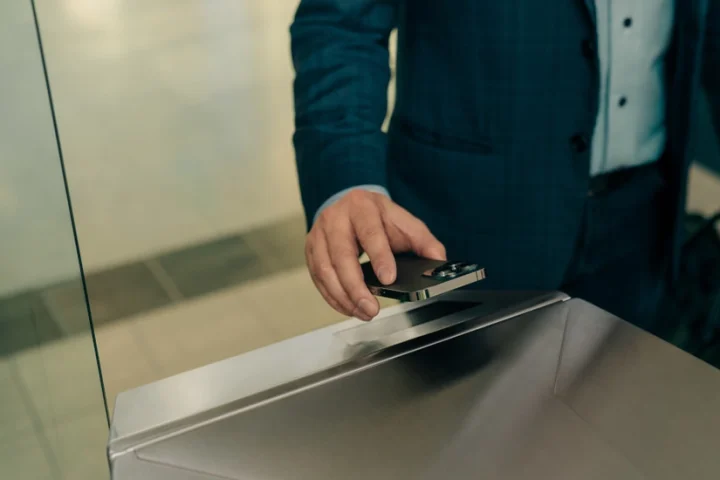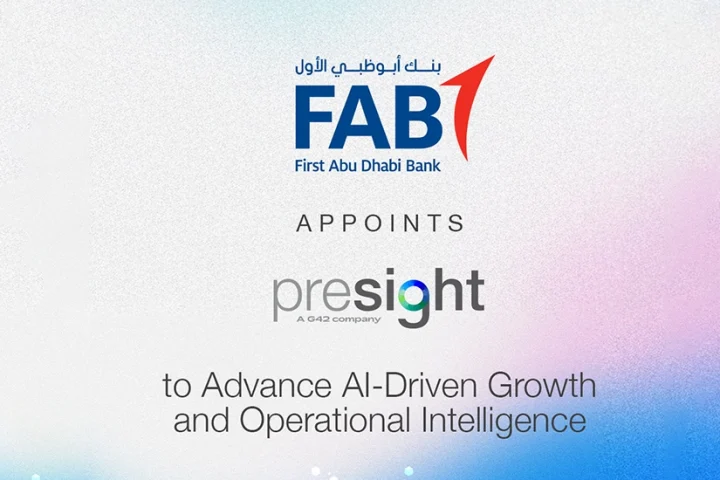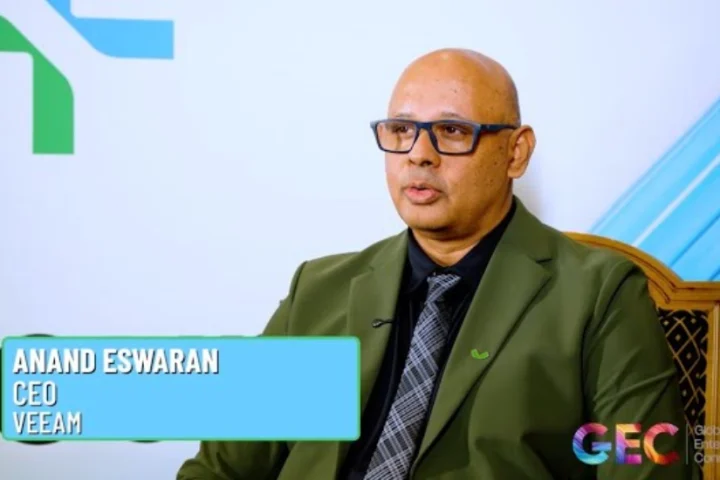Tell us more about Ministry of Health’s eServices and how much success it has tasted so far in catering to the digital demands of the country?
Healthcare industry has been experiencing major growth with increased demand for professionals, state-of-the-art infrastructure and advanced technologies poised to become one of the biggest employers andusers of new technologies worldwide. Our eHealth development depicts the maturity of the present infrastructure with each pillar has contributed to share information to achieve the efficiencies required to address current challenges: spiralling costs, staff shortages, tightening regulatory requirements, increased burden of chronic disease and rising patient expectations.
The initiatives integrated many disparate systems which were the building blocks and fruits of the last 20 years of focused digitization process within ministry of health. These initiatives could also bring together many other stakeholders involved in the care continuum through the development of standards and building confidence in the sustainability and long-term benefits of the projects. We implemented and digitalized more than 245 institutes across the country, while 148 are interconnected to exchange data and information.
Tell us about the major Ministry of Health projects and what are its key features and benefits.
Al-Shifa is an in-house developed comprehensive HIS implements an electronic workflow creating paperless environment to enhance the quality of services saving the professional time to concentrate on patients rather than documentation. It covers all aspects of EMR to Asset, Inventory, FA, and HR management. A fully integrated and EMR that provides 360-degree view of the patient history and clinical information needed for a point-of-care is the most crucial component of Al-Shifa. The Al-Shifa System serves approximately 90% of the population and handles the monthly 1,350,000 hospital visits an average of 35,000 per day.
System captures all aspects of patient information that has clinical significance, right from a patient referral/walk-in to the healthcare facility to the discharge from the facility after the required care is delivered to the patient through
a set of inpatient and outpatient services. Al-Shifa comprises tailor made clinical system modules for 30+ clinical specialties, a complete CPOE and several subsystems including, but not limited to, Laboratory, Blood Bank, Pharmacy, Stores, Radiology, Operating Theatres, ICU/CCU/SCBU and other Critical Care Units, and Emergency Care and several non-clinical modules.
All clinical specialities and paramedical services are integrated into a single system catering to the data processing and scheduling requirement of each service unit. It facilitates real-time data capture and instantaneous shared access to legible information repository through multitudes of structured views needed by each service department. Al-Shifa also helps administrators and analysts with instant access to the patient records, track clinical activities, operations and workflows and setup KPIs. Improved patient and professional satisfaction, efficiency in hospital operations, reduced controlled costs, and improved patient outcome performance and reduced medical errors are the intangible benefits Al-Shifa adds. AlShifa generated an overall 60% saving on professional time.
E-Referral System
e-Referral system is made to transfer the patients electronically from one institution to another in order to take a medical advice or transfer the patient to meet a consultant specialist to take an appointment for the patient electronically. at present implemented between 150+ interconnected healthcare institutions across Oman, taking care of inter-institutional appointment requests for inpatient/ ambulatory services, laboratory, radiology and other procedures. The referrals get uploaded to referral centres with automatically attached HL7-CCD compliant documents.
SMS alerts are sent to patients when appointments are realized. Subsequently the patient encounters at the referred institutions are tracked and consultation feedbacks are automatically sent back to referring institutions enabling sender to track developments. In case of the laboratory, radiology and procedure referrals, results/reports are sent back online to the sender upon completion of the service and authorization of the reports.
E-Notification System (Tarsud)
e-Notification engine was originally developed to build central repositories for certain communicable and non-communicable disease notifications, so individual institutions can notify such events and the central bodies responsible for QC and response actions can monitor, classify and report back follow-up actions. The system later got extended to handle a broad range of notifications like adverse events, birth, death, trauma, etc.
Nabd Al Shifa System
The data-warehouse and Business Intelligence (BI) built on top of Al-Shifa, allows the slicing and dicing of KPI measurements over a wide range of dimensions, with the facts accumulated from 245+ institutions including offline sites. Sophisticated dashboards and portals with graphs and charts assist healthcare analysts in decision support
National eHealth Registry (NEHR)
The National eHealth Record (NEHR) project is a part of strategic decision to build an interoperable heath IT ecosystem in the country which becomes a platform for healthcare data sharing among multiple stakeholders. The NEHR ecosystem depends on the shared clinical repository based on the HL7-FHIR standard, along with web and mobile UI interface which reflect the complete patient record. Eventually NEHR becomes extended to personal health record (PHR). System is expecting healthcare providers on both public private sectors sharing clinical information based on standards based in HL7 FHIR. Since sharing information is the primary requirement, a scalable messaging architecture is the principal component of the NEHR system.
Project focuses on actions that will enable a majority of individuals and providers across the care continuum to send, receive, find and use a common set of electronic clinical information at the nationwide level by the end of 2018. Although this near-term target focuses on government entities interoperability of healthcare information based on standardized data elements will make it scalable across private and other semi government stakeholders. Master Patient Index based on National Registration System (NRS), laboratory test registry based on LOINC, diagnostic and surgical procedure registry based on SNOMED etc. will work hand in hand with clinical information received as HL7 FHIR messages in order to form a national clinical repository.
Central Birth and Death Registry (CBDR)
This system is a centralized nation-wide birth and death records registry reported through healthcare facilities (MOH, non-MOH government and private). Built using the open standard and architectures, disparate EMR systems running at care facilities are able to connect to the system in a platform independent way and deliver standard messages related to birth and death events happening within the care facility. The system is also integrated to the ROP National Registration system (NRS), which means the records delivered to the MOH registry are also routed to NRS online and receives the unique CivilID back on birth registration.
National Donor and Donation Registry (NBDR)
The National Donor and Donation Registry (NBDR) system integrates the different blood banks within sultanate to build a central donor and donation registry, blood product inventory, and a transfusion database so that
a nation-wide safe blood donation and transfusion environment can be achieved through this integration and sharing of data. The NBDR system is centrally hosted and is integrated with the blood bank systems across sultanate through the MOH health intranet (Health Net). The EMR/Blood Bank Systems are integrated to the NBDR bi-directionally and will make use of the central registry for donor, donation, transfusion and inventory management. Transactions related to donor registration and screening, donation and bleeding, blood product creation and screening, blood product issue and transfusion monitoring will be informed to central registry which then will aid other blood banks to retrieve crucial information and provide necessary checks and alerts during the processes to ensure donor and recipient safely.
Centres of Disease Control – Information System (CDCIS)
The CDCIS system builds a central information system for all the centres of disease control, which is also integrated with other government entities, like Ministry of Manpower (MoMP) and Royal Oman Police (ROP) that collaborate in the recruitment of expatriate workforce to the country. The integration entails the employment clearance information and to the eventual upload of the screening status at the end of the process. The system will also be linked to the visa application and NRS system in order to update it regarding the fitness status of the employees after the screening.
CDSCIS also manage the workflow within each CDC from the registration of the applicant, the clinical process involved in the screening and vaccinations, lab/radiological investigations that ends with the clearance of the fit employees for the assigned jobs.
Incident Reporting System (IRS)
The system is a significant step forward in the patient safety efforts facilitating a more proactive approach to medical errors and other unanticipated incidents. The real-time event reporting system that protects the anonymity and impunity of the reporters and then use these reports to identify
the cause of untoward incidents and propose solutions to mitigate, reduce the frequency, and or avoid them altogether. While the reported adverse incident being discussed between the stakeholders and experts, real-time feedbacks should be given to incident reporters. The centralized system also facilitates the transmission of details to quality and patient safely administrators without compromising on the confidentiality nature of data and institutional safeguards. System should also provide timely performance characteristics and indicators so that performance goals can be setup to improve the quality of service.
Give us a glimpse of Ministry of Health’s e-governance framework? What are the various portals that are at the disposal of the citizens?
In term of leadership and e-Governance our framework consists of three main components as ecosystems: physical Entities such as people, mobile and infrastructure, Digital Connection for data, platforms, applications, cyber-security and Business Processes. eHealth Portal is the main access of citizens’eService’s such us viewing patient records, appointments, medical reports, ask doctors, etc. In addition, there are many other services for business and government. The second portal is Health academic management System (HAMS) where parents can interact with health institutes and the students as well.
Does G-Cloud play a pivotal role in enhancing your services?
Ministry of Health does use G-Cloud for two main portals, one is eHealth portal which includes 114 eService’s and the other one is Health Academic Management system. G-Cloud is under administration of Information Technology Authority. Through our experience since 2015, G-Cloud is become essential enhancement of eService’s, in term of security, integration, resources and reduce costs.
What kind of new technology/smart projects can we see in Oman in 2018?
In 2018 we are focusing in Personal Health Records (PHR), Vendor Neutral Archive, and modernizing our ALSHIFA system. We are focusing on using Open Source platforms and more mobility support.




















